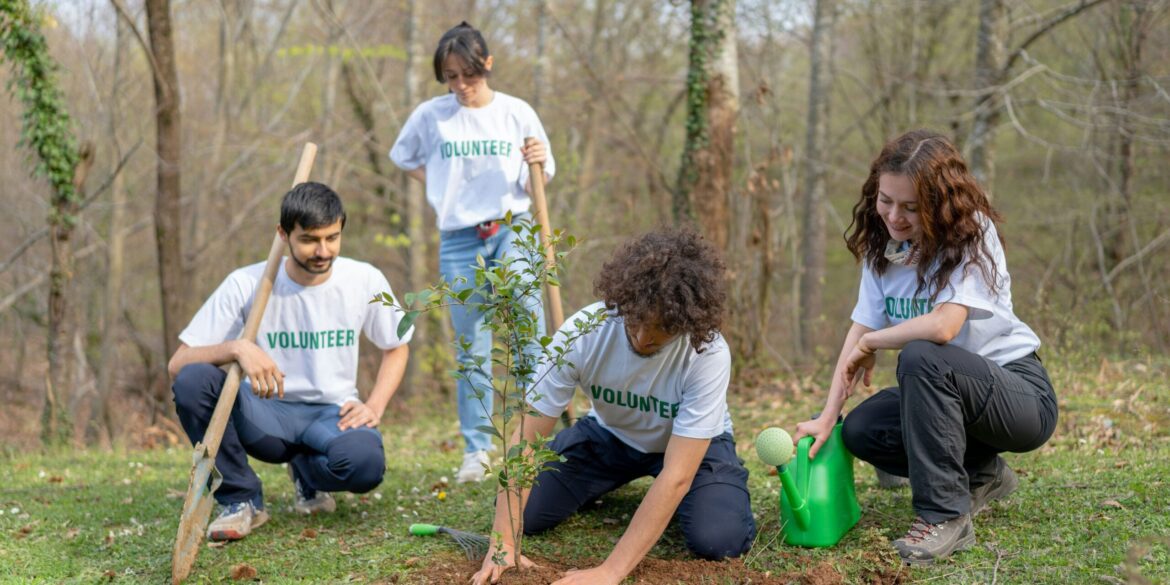By Bethany Ortiz, Senior Environmental Correspondent
On May 22, 2025, California officials announced the launch of the state’s largest-ever urban reforestation initiative aimed at mitigating the growing threat of heat waves and improving urban air quality. The ambitious project, titled “Green Cities 2050,” will plant over 10 million trees across major metropolitan areas including Los Angeles, San Francisco, and Sacramento over the next five years.
As climate change intensifies and cities face increasingly frequent and severe heat waves, this initiative seeks to provide natural cooling, enhance biodiversity, and create healthier living environments for millions of residents.
Addressing Urban Heat Island Effect
Urban areas experience significantly higher temperatures than surrounding rural regions due to the heat island effect—where concrete, asphalt, and buildings absorb and retain heat. This phenomenon exacerbates health risks, especially for vulnerable populations like the elderly and children.
California’s reforestation effort will strategically plant trees along streets, parks, and school grounds to increase canopy cover and shade. Studies have shown that increasing urban tree cover by just 10% can reduce local temperatures by up to 2-3 degrees Fahrenheit.
State Environmental Secretary Maria Gonzalez explained, “Our cities are on the front lines of climate impacts. Green Cities 2050 is about resilience—using nature-based solutions to protect our communities while enhancing quality of life.”
Environmental and Social Benefits
Beyond cooling, the urban forest will improve air quality by filtering pollutants such as ozone and particulate matter. Trees also capture carbon dioxide, contributing to California’s ambitious greenhouse gas reduction goals under its 2030 climate plan.
Local neighborhoods, especially historically underserved communities, will see direct benefits. Community groups have been involved in site selection to ensure equitable access to green spaces.
Jamal Harris, director of the nonprofit Urban Roots LA, said, “This is not just an environmental effort—it’s about justice. Trees bring health, beauty, and economic uplift to neighborhoods that need it most.”
Implementation and Funding
The $2.5 billion initiative is funded through a combination of state bonds, federal climate grants, and private partnerships. The California Urban Forestry Council will oversee the project, coordinating with city agencies, local nonprofits, and volunteer organizations.
Key components include:
-
Tree Planting: Targeting heat-vulnerable zones, schools, hospitals, and public housing.
-
Maintenance Programs: Ensuring young trees thrive with community stewardship.
-
Education Campaigns: Promoting awareness of urban heat risks and benefits of green spaces.
Governor Lisa Reynolds highlighted the project as part of the state’s broader climate adaptation strategy, stating, “This initiative reflects California’s leadership in combating climate change with solutions that also create jobs and improve public health.”
Community Engagement and Workforce Opportunities
Green Cities 2050 will also generate thousands of jobs, especially in tree planting, landscaping, and environmental education. Workforce development programs will prioritize hiring from local communities, with training programs focused on youth and formerly incarcerated individuals.
Local resident and tree planter Rosa Martinez shared her excitement, “This project gives people like me the chance to work outdoors, learn skills, and give back to our neighborhoods.”
Looking Forward: A Model for Other States
California’s urban reforestation is among the largest such efforts in the U.S., serving as a potential model for other states grappling with climate and urban health challenges. Experts encourage continued investment in nature-based infrastructure nationwide.
Dr. Ethan Moore, an environmental scientist at UCLA, emphasized, “Trees are one of the most cost-effective climate solutions we have. This project can improve resilience while enhancing urban livability.”
Summary: Key Takeaways
-
California launched Green Cities 2050 to plant 10 million trees in urban areas by 2030.
-
Aims to reduce urban heat island effect and improve air quality amid worsening climate impacts.
-
$2.5 billion funded through state, federal, and private sources.
-
Focus on equitable access, community involvement, and workforce development.
-
Expected to create jobs and serve as a national model for climate resilience.

